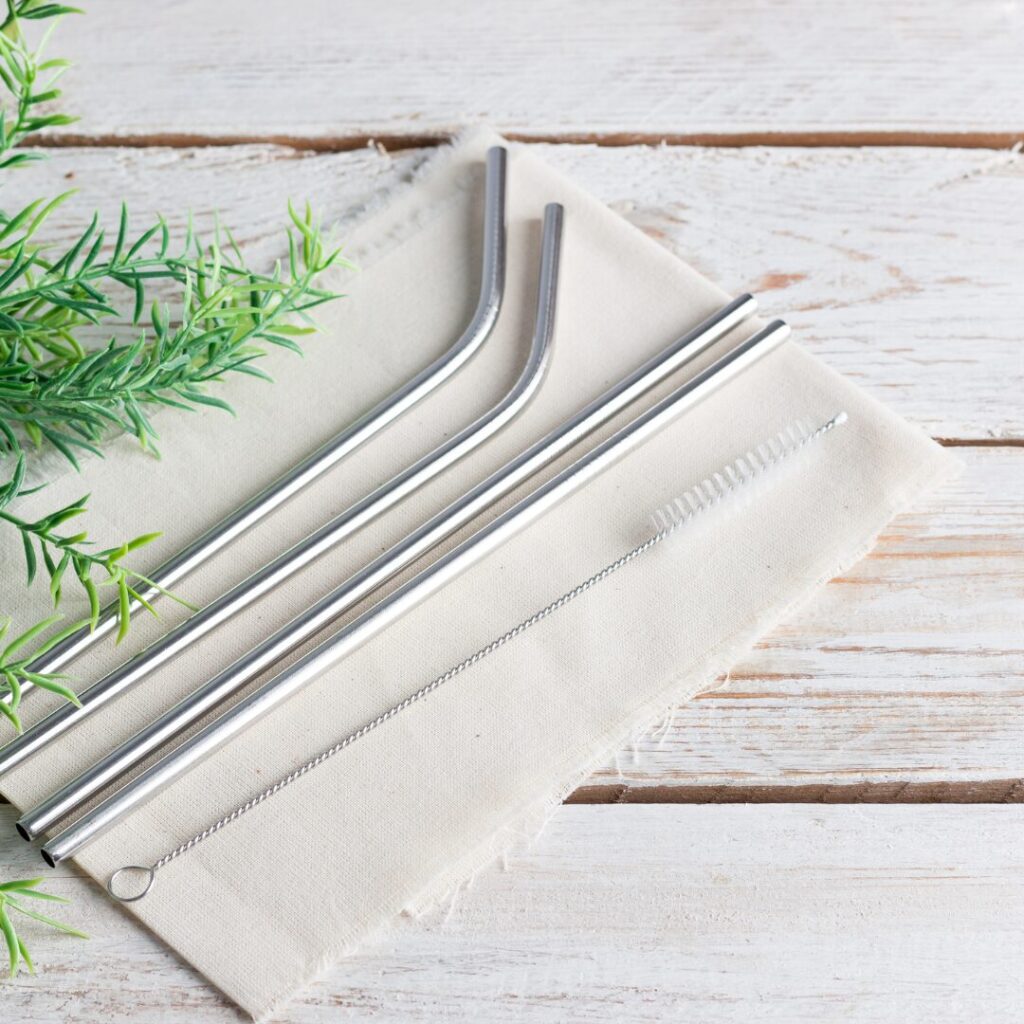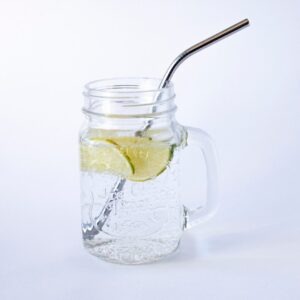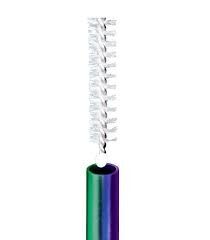A fascinating look at the evolution of drinking straws throughout history.
The History of Drinking Straws
From ancient times to modern reusable options, drinking straws have a rich history. Discover how they have evolved over time.
The History of Drinking Straws
When you sip your favorite drink through a straw, have you ever wondered about the origins of this simple yet ingenious invention? Drinking straws have a surprisingly rich history that spans thousands of years, evolving from humble beginnings to the convenient tools we use today. Let’s take a friendly dive into the fascinating story of drinking straws.
Ancient Beginnings
The concept of using a straw to drink liquids dates back over 5,000 years! The earliest evidence of drinking straws comes from ancient Mesopotamia, where Sumerians used hollow reeds to sip beer. Why beer, you might ask? Well, back then, beer was often unfiltered and contained bits of grain and sediment. Using a straw allowed drinkers to enjoy their beverage without swallowing the gritty leftovers. Some depictions even show Sumerians using elaborate gold or silver straws, suggesting that this practice wasn’t just practical but also a symbol of status.
The Golden Straw of Ancient Egypt
Fast forward to ancient Egypt, and straws were still in use, albeit in slightly different forms. Wealthy Egyptians are believed to have used drinking tubes made of precious metals like gold. These straws weren’t just functional—they were a luxury item, often adorned with intricate designs. It’s clear that even in ancient times, people appreciated both the utility and aesthetic appeal of drinking straws.
The Rye Straw Revolution
Fast-forwarding to the 19th century, we find the first mass-produced drinking straws. During this time, rye grass became the material of choice. These natural straws were cheap and biodegradable, making them widely popular. However, rye grass had its downsides—it often imparted a grassy flavor to drinks and wasn’t particularly durable. Imagine sipping your lemonade only to have your straw disintegrate halfway through! Clearly, there was room for improvement.
The Invention of the Modern Straw
Enter Marvin C. Stone, an inventor who forever changed the way we sip our drinks. In 1888, Stone patented the first modern drinking straw. Frustrated by the shortcomings of rye grass straws, he decided to create something better. He wrapped strips of paper around a pencil and glued them together to form a sturdy tube. Voilà—the paper straw was born! Stone’s invention quickly gained popularity, especially in soda fountains and restaurants.
Stone’s paper straw was revolutionary for its time, but it wasn’t perfect. Over time, paper straws would become soggy, especially in liquids. This paved the way for further innovation.
The Rise of Plastic Straws
In the mid-20th century, plastic became the material of choice for drinking straws. Plastic straws were durable, flexible, and inexpensive to produce—qualities that made them an instant hit. One major breakthrough came in 1937 when Joseph Friedman invented the bendy straw. Inspired by watching his daughter struggle to drink from a straight straw, Friedman inserted a screw into a paper straw and wrapped it with dental floss to create a flexible section. This simple yet brilliant idea made straws more user-friendly, especially for children and hospital patients.
By the 1960s and 1970s, plastic straws were everywhere. They became synonymous with fast food restaurants, milkshakes, and soft drinks. For decades, plastic straws reigned supreme as the go-to choice for sipping beverages.
The Environmental Impact
While plastic straws were convenient and affordable, their widespread use came with an environmental cost. Plastic straws are non-biodegradable and often end up in oceans and landfills. In recent years, they’ve become a symbol of plastic pollution, sparking global conversations about sustainability.
According to estimates, billions of plastic straws are used and discarded every year. While they make up only a small percentage of overall plastic waste, their impact on marine life is significant. Sea turtles, fish, and other animals can mistake plastic straws for food or become entangled in them.
The Return of Eco-Friendly Straws
In response to growing environmental concerns, many people and businesses are turning back to eco-friendly alternatives. Paper straws have made a comeback in recent years, with improved designs that are more durable than Marvin Stone’s original invention. Other alternatives include bamboo, stainless steel, silicone, and even pasta straws!
Some companies have also developed reusable straws that can be carried around in small cases or pouches. These options allow us to enjoy our drinks without contributing to plastic waste—a win-win for both consumers and the planet.
The Future of Drinking Straws
As we look ahead, it’s clear that drinking straws will continue to evolve alongside our changing needs and priorities. Innovations in biodegradable materials and sustainable production methods are paving the way for a greener future. At the same time, some people are choosing to skip straws altogether as part of their efforts to reduce waste.
Whether you prefer sipping from a classic paper straw or trying out a trendy metal one, it’s amazing to think about how far this simple invention has come. From ancient Sumerian beer drinkers to modern environmentalists, drinking straws have played an enduring role in human history.
So next time you grab a straw for your iced coffee or smoothie, take a moment to appreciate its journey through time. Who knew such a small object could have such a big story? Cheers!




